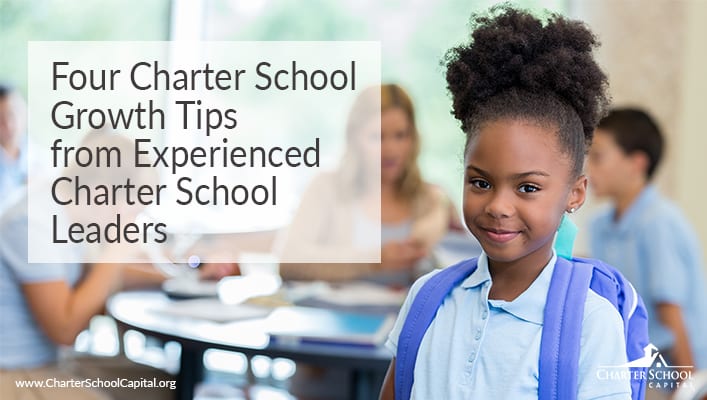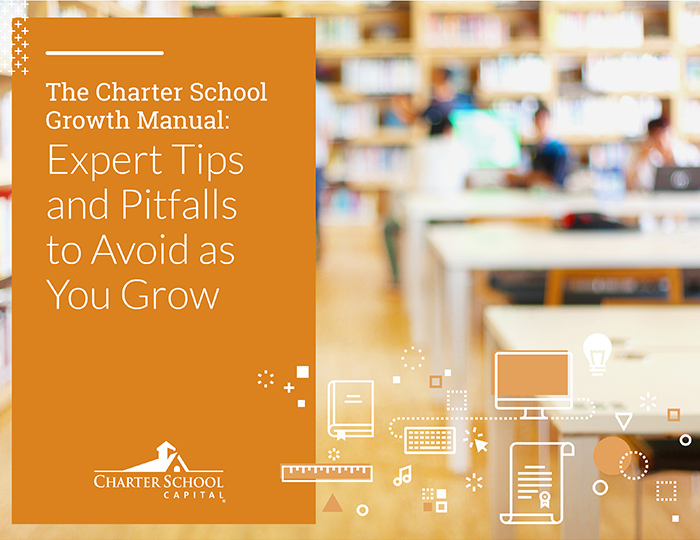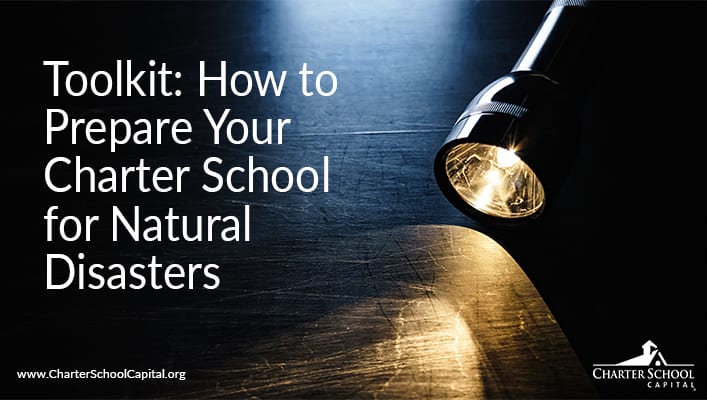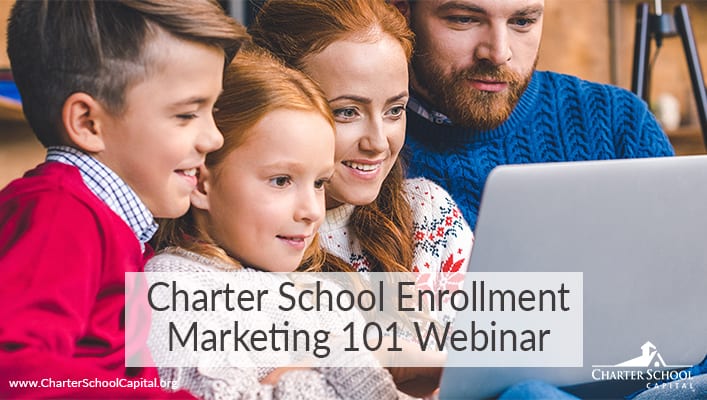
Four Charter School Growth Tips from Experienced Charter School Leaders
We hope the four key strategies here provide useful tips for you and your team to develop a strong charter school culture, empower your staff, individualize instruction, and create operational efficiency—all in support of your growth.
1. Nurture your school’s culture as much as you nurture your students
Ultimately, culture is always a product of the people involved with your school. It can be tough to retain quality leaders and teachers, especially because many charter schools have longer days and academic years than public schools. Teachers have to truly believe in the mission from the outset in order to put in those extra days and hours for years to come. To nurture a rich school culture, it’s essential that the people you hire are aligned with your mission.
2. Prioritize continuous professional development and leadership training
In order to have motivated staff committed to continuous improvement, professional development has to be front and center. This is also an investment in continuity. When people feel like they are getting better at their jobs and have room for growth, they are more likely to stay.
3. Focus on providing individualized instruction to your students and on data analysis
These aren’t contradictory! Every educator knows that one of the best ways to improve the data is to meet each student where they are and provide them with the support necessary to improve and succeed—regardless of your school’s curriculum and goals. Of course, school-wide metrics are the best evidence that individualized instruction is working. Review the metrics frequently, share them widely, and make them everyone’s responsibility.
4. Develop systems to maintain operational consistency and efficiency
Researching, investing in, and mastering new systems is time consuming and expensive. The efficiencies you’ll realize down the road will more than make up for the pain of adoption. If you think you don’t have time to figure out a new software to manage your finances, you really don’t have time to wrangle all the Excel spreadsheets you have been using.
Download the PDF of these four tips here.
 The Charter School Growth Manual
The Charter School Growth Manual
Whether you’re just beginning the process of starting up a charter school, looking to expand, or trying to prioritize your next steps, download this guide to get expert tips and pitfalls to avoid as you grow.
For this charter school resource guide, we turned to our wide network of charter school experts for best practices and strategies for success at every stage of maturity. All of the advice in this book comes from experienced charter school leaders who have been where you are now—they understand what you’re facing and the pitfalls to avoid.


